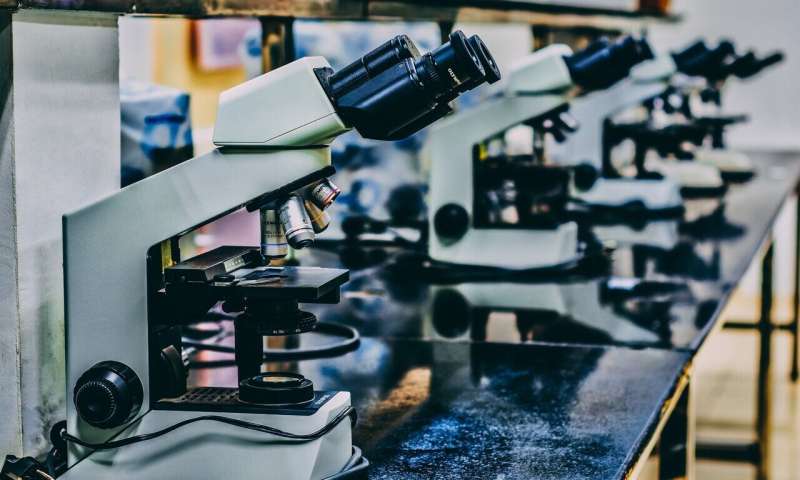Researches announce successful intra-neuronal antibody delivery without a viral vector

CytoDel, Inc., a privately-held corporation, today announces the publication of preclinical data on the company’s lead product, Cyto-111, in the peer-reviewed journal, Science Translational Medicine.
Cyto-111 was conceived, expressed and purified in the laboratory of Konstantin Ichtchenko, Ph.D., NYU Grossman School of Medicine, Department of Biochemistry and Molecular Pharmacology, who was a principal investigator in the study, which was supported by grants from the National Institute of Allergy and Infectious Diseases (NIAID), a division of the National Institute of Health (NIH).
Based on Dr. Ichtchenko’s hypothesis that the C1ad delivery vehicle previously reported could be used to transport therapeutic proteins into the neuronal cytosol, researchers led by Dr. Ichtchenko developed and tested a potential treatment for botulism based on intracellular inhibition of the BoNT subtype A1 light chain metalloprotease (LC/A1). The main objective of the study was to develop and test a post-symptomatic botulism antidote that could rescue symptomatic animals challenged with a lethal dose of BoNT. Following in vitro validation of therapeutic mechanisms, efficacy studies were conducted in mice, guinea pigs and rhesus macaque monkeys.
The study showed that a precision biotherapeutic consisting of a function-blocking single domain antibody (sdAb; B8) cargo fused to the C1ad delivery vehicle (forming B8C1ad or Cyto-111) can enter neurons and protect SNARE proteins by inhibiting LC/A1 catalytic activity in situ. Post-symptomatic administration of B8C1ad produced antidotal rescue in mice, guinea pigs, and non-human primates following a lethal botulism challenge.
According to the study’s authors, “The flexibility of the C1ad molecular delivery platform offers several advantages for the rapid generation of new treatments for neurological disorders. In particular, the presynaptic localization of LC suggests this therapeutic approach will be particularly effective in treating synaptopathies involving active zone proteins. Indeed, the platform can be efficiently redirected towards other protein targets by replacing or adding single domain antibodies or other protein moieties.”
The study concluded that, “These data demonstrate that atoxic BoNT derivatives can be harnessed to deliver therapeutic protein moieties to the neuronal cytoplasm where they bind and neutralize intracellular targets in experimental models. The generalizability of this platform might enable delivery of antibodies and other protein-based therapeutics to previously inaccessible intraneuronal targets.”
“This is a landmark study in converting the power of lethal botulinum neurotoxins into therapies. The approach used to turn botulinum toxin into a kind of Trojan horse that delivers a cargo into neurons has enormous potential for future drug development,” noted Thomas C. Südhof, M.D., Professor in the School of Medicine in the Department of Molecular and Cellular Physiology, and in Neurology, Psychiatry and Behavioral Sciences at Stanford University, a 2013 Nobel Prize winner in Physiology/ Medicine, a Howard Hughes Medical Institute investigator, and Chair of CytoDel’s Scientific Advisory Board.
“We are delighted to have these data published in a well-respected peer-reviewed journal as they represent the culmination of many years of research with the intent of finding a solution to effectively treat weaponized botulinum toxins. Importantly, these groundbreaking data are the result of the efforts of researchers from a number of renowned institutions including NYU Grossman School of Medicine, Tufts University Center for Translational Medicine, and the US Army Medical Research Institute for Chemical Defense, without whose hard work and dedication this achievement would not have been possible,” commented Phillip A. Band, Ph.D., Research Professor in the Departments of Orthopedic Surgery, Biochemistry and Molecular Pharmacology, NYU Grossman School of Medicine, and co-inventor, co-founder and Chief Executive Officer of CytoDel.
Source: Read Full Article



